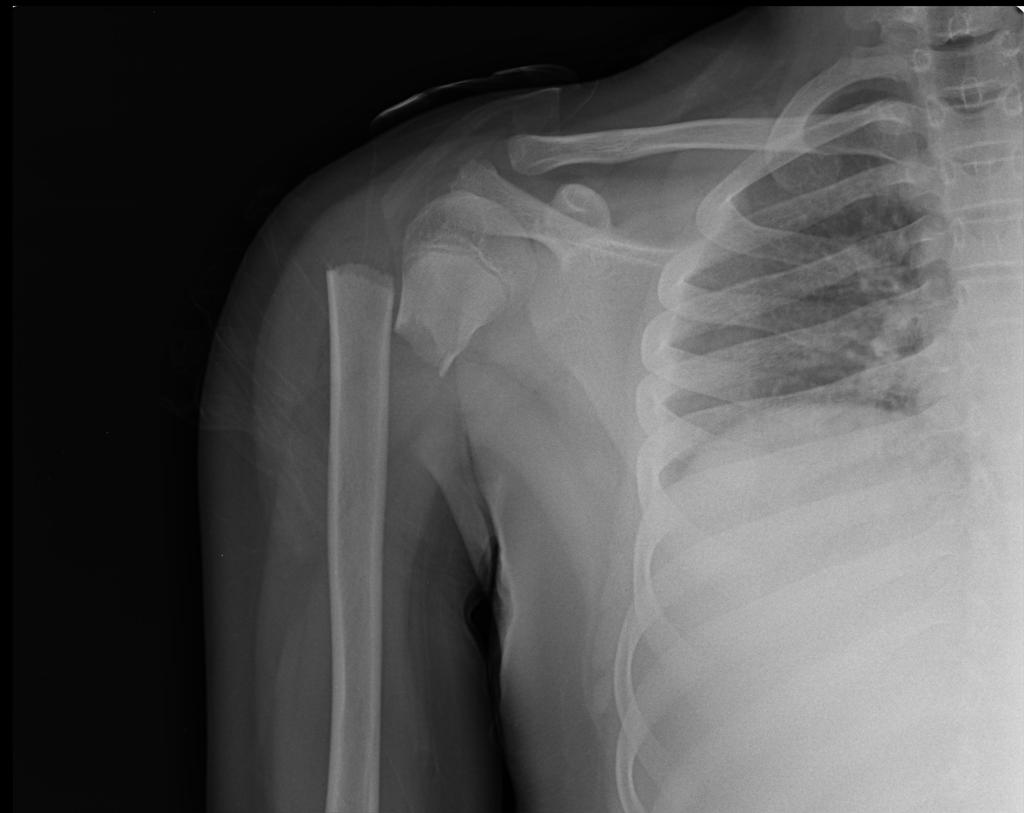Page Contents
OVERVIEW
This page is dedicated to organizing various examples of standardized exam questions whose topic is axillary nerve injury. While this may seem a odd practice, it is useful to see multiple examples of how axillary nerve injury will be characterized on standardized exams (namely the boards and the shelf exams). This page is not meant to be used as a traditional question bank (as all of the answers will be the same), however seeing the classic “test” characterization for a topic is quite valuable.
Refer to this page on the axillary nerve for more information about this specific nerve in the body.
KEY CHARACTERISTICS OF THIS CONDITION (ON EXAMS)
When it comes to standardized exams, each topic has its own “code” marked by key buzzwords, lab findings, clues, etc. If you are well versed in this code you will be able to more quickly identify the condition that is being discussed, and get the right answer on the exam you are taking. Below is the “code” for axillary nerve injury.
Chief Complaints:
- Shoulder pain
- Shoulder weakness/inability to elevate arm
Patient History:
- Trauma: specifically to the upper arm/shoulder
Clinical Workup:
- Weakness of shoulder/arm abduction is a classic finding for this type of nerve injury.
- Loss of sensation (or numbness) on lateral aspect of the shoulder can be detected on the neurological exam.
- Atrophy of deltoid may also be present if injury is longstanding.
- Proximal humerus fracture may be detected on the workup. A fracture at this level of the bone can often damage the axillary nerve.
QUESTION EXAMPLES
Question # 1
A 28 year old male is brought to the emergency room because he broke his right arm while sledding down a steep hill with his family. His arm is immobilized in a sling when he arrives at the hospital. A neurological exam reveals that sensation to pinprick is absent on the lateral side of the patient’s right shoulder. A X-ray of the shoulder is ordered and is shown below.

What nerve is likely damaged in this patient?
Explanation # 1
Trauma + loss of sensation on lateral aspect of shoulder + proximal humerus fracture = axillary nerve injury
Question # 2
A 24 year old male comes to the office complaining of left arm weakness. The patient explains that he was in a motorcycle accident a few months ago, and has been having difficulty elevating his arm every since then. A physical exam shows that sensation to both temperature and pinprick are diminished over a small area on his left upper/lateral arm. There is also prominent atrophy of the left deltoid muscle, and the patient demonstrates weakness with left shoulder abduction. Bicep reflexes, and hand strength is preserved in the arms bilaterally. What nerve is likely injured in this patient?
Explanation # 2
Trauma + loss of sensation on lateral aspect of shoulder + inability to abduct shoulder/arm = axillary nerve injury
Question # 3
A 18 year old male is brought to the clinic after he sustains a right shoulder injury during a game of pickup touch football. A physical exam is notable for a bulge anterior to the shoulder , and an X-ray confirms anterior dislocation of the right shoulder. After closed reduction, the patient complains of numbness over the lateral aspect of the proximal right arm, and weakness of abduction on this side. What nerve is most likely injured in this patient?
Explanation # 3
Trauma + loss of sensation on lateral aspect of shoulder + weakness with abducting shoulder/arm = axillary nerve injury
TESTABLE FACTS ABOUT THIS TOPIC (BEYOND ITS IDENTIFICATION)
Many questions on standardized exams go beyond simply recognizing the underlying topic. Often there are specific testable facts regarding some aspect of the topic’s pathophysiology/management/clinical implications that are commonly asked. Some of these are listed below:
Nerve Origin:
- C5 and C6 nerve roots
- Posterior cord of brachial plexus
Innervated Structures:
- Deltoid
- Teres minor muscles
- Sensory innervation to skin over lateral shoulder
Page Updated: 10.01.2017